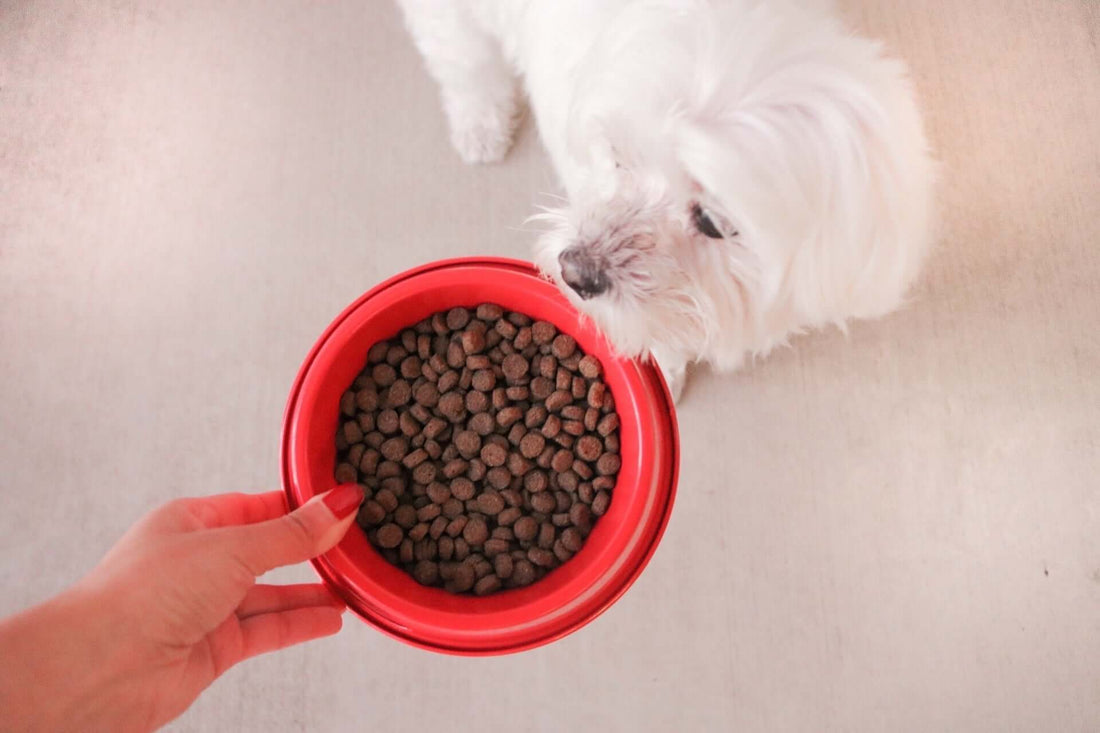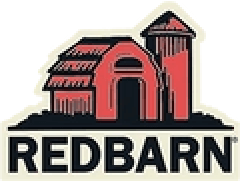
How Rotational Diets Add Variety to Your Dog's Meal
There are several great benefits to introducing variety into your dog’s meal, like the cute wag of their tail as they excitedly eat! Contrary to popular belief, dogs get food fatigue just like their pet parents –– especially those picky eaters.
Dogs’ ancestral diets included eating multiple protein sources –– often due to scarcity in their environment and simply eating what was available to them. Over the years, “man’s best friend” became everyone’s “fur baby,” changing their diet from random proteins to kibble and canned foods.

Understanding Rotational Diets
A rotational diet involves feeding your dog a variety of food versus the same type of food continuously. Meaning if your dog always eats a kibble recipe, you’ll switch between other varieties of dog food like Air Dried Powerfood, Rolled, or different Kibble recipes. You can also choose to mix and match all three of these dog foods at meal time.
This rotation can occur on a schedule you’re comfortable with and one that works best with your dog –– bi-weekly, monthly, etc. We’ll get more into how to transition through each diet later on in the blog.
As a pet parent, you’re probably wondering if constantly changing your dog’s diet will have negative impacts on their digestive system. Your concerns are completely valid and fair –– many pups, depending on breed and life stage, experience more digestive sensitivities. Keep this in mind and consult your veterinarian before making any changes.
A great way to introduce a rotational diet is by finding a brand you trust, like Redbarn, that offers a variety of foods for your dog. This way, you are familiar with the ingredients, and your pup isn’t transitioning from one brand to another, which may not have the same wholesome nutritional guarantees.
Benefits Of A Rotational Diet
Adding variety to your dog’s food is a great way to mimic their ancestral diet while treating them to delicious meal options. There is a list of healthful benefits to rotational diets aside from happy pooch kisses!
Some of these benefits include:
- Lowering their risk of food allergies –– By exposing your dog to more proteins and nutrient sources, you’re helping them build up a strong intestinal system and potentially preventing them from developing food allergies in the long-term.
- Helpful for picky eaters, poor appetite, and food fatigue –– For various reasons, dogs may stop eating with the same urgency as they usually do or completely refuse to eat. After ruling out illnesses with your vet, feeding a rotational diet can help restore their appetite.
- Adding more vitamins, minerals, moisture, or protein –– Perhaps your pup needs more vitamins and minerals in their diet, moisture (often due to dehydration), or protein. Rotating their diet helps to easily incorporate the boost they need.
How to Start Rotational Feeding
Deciding how often you’ll transition your dog’s food depends on several factors like dietary needs, life stage, and breed. We recommend testing what works best for your dog without overdoing it. Consider starting slowly by adding toppers, like Redbarn’s Air Dried Powerfood or Rolled dog foods, to their dry kibble if you aren’t already doing so. Both of these foods can be used as a topper or a full-feed meal.
In general, we recommend transitioning to new food over a one week period while paying close attention to their digestive and physical responses. Prevent messy potty trips by not rushing your dog through the process. Consider rotating in intervals, like feeding heartier foods during the fall and winter and lighter foods in the spring and summer.
Pro Tip: Whenever it’s time to replenish your dog’s food, it might be a good idea to try rotating.
Be sure to consult with your vet before making any significant dietary changes, especially if your dog has sensitivities.

